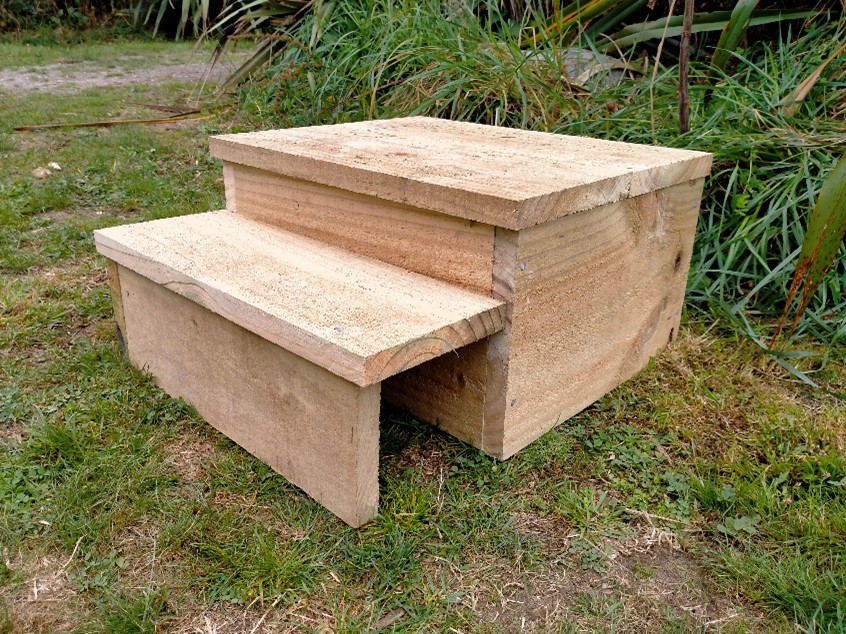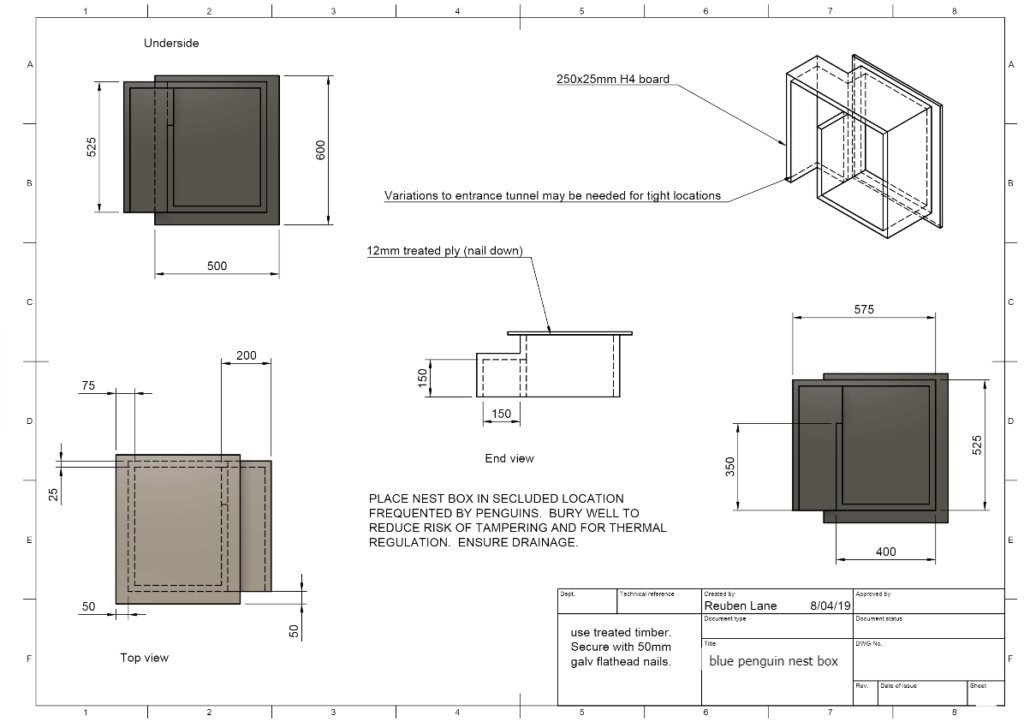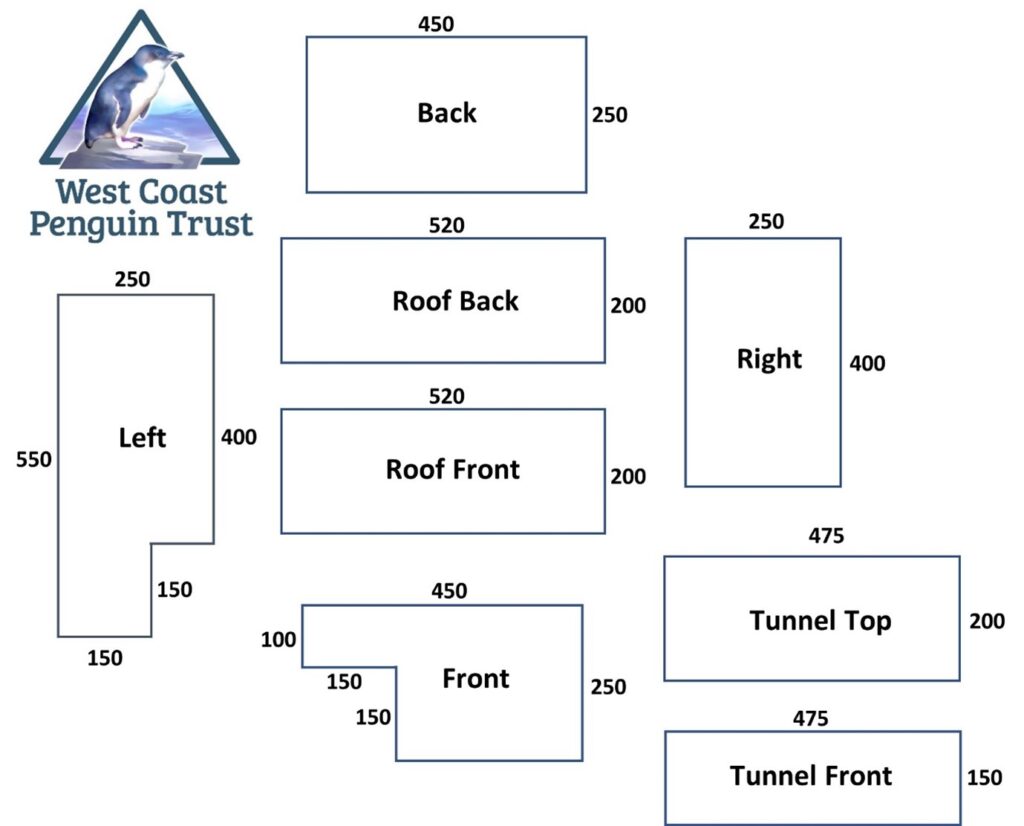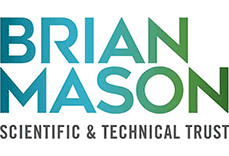
As we drift into Autumn and Kororā/ Blue Penguins have headed out to sea for a while, taking a break before the next breeding season, it is time to start thinking about what we can do to help penguins when they return.
Our Trust Ranger, Linden has been busy making penguin nest boxes to give penguins a safe place to breed as well as to moult once the breeding season is over. It is thought that penguins may actually prefer nest boxes to natural burrows, and have a higher chance of breeding success when using them. So building nest boxes is a great way you can help blue penguins thrive in your area!
If you do have Kororā nesting in your area (either in nest boxes or in natural burrows), we’d love to hear from you (info@westcoastpenguintrust.org.nz)! Knowing all the breeding locations of penguins on the West Coast gives us a clearer picture of the distribution, threats and challenges faced by West Coast penguins so that we can help.

Former Trust Chair and Ranger, Reuben Lane, has prepared a nest box plan that we hope will keep penguins more secure and will be easier to transport to potential nest sites.
Traditional nest box designs have a tunnel attached to the main nesting box and we have encouraged those building new boxes to extend the length of the tunnel to provide additional protection from weka. Weka are known to enter penguin nest boxes and would predate chicks if they could.
The new design includes an internal wall to form a tunnel and to provide more of a barrier to any intruders.

Materials Needed:
- 1.9m 250x25mm timber
- 1.6m 200x25mm timber
- 0.5m 150x25mm timber
- ~30 75mm galvanised nails
Notes
- Use H4 treated timber
- Box can be flat-packed for assembly on site- handy if placing multiple boxes in an area.
- Pre-drilling holes for the nails will make it easier to assemble
- Ensure the two roof pieces are sitting snugly together to stop rain entering the box
- Alternatively replace the two roof sections with a 520x450mm piece of 19mm treated plywood- this will provide greater rain protection for the box (and the penguins inside!) Nail this down

When placing your nest boxes, there are a few important things to consider.
Firstly, boxes need to be placed in an area which is used by penguins. If you’re unsure of whether there are penguins in your area, looking on the beach for penguin tracks over several days is a great place to start! See our handy guide to identify penguin tracks. Penguins are most likely to be coming ashore from June – March so during this period is the best time to look. They are busiest around September and October as both parents will be coming and going to feed chicks.
Secondly, place boxes in areas which are going to be free of disturbance – dogs and humans as well as storms and erosion. The less disturbance a penguin is subject to, the better chance of breeding success. Make sure boxes are well out of the swell/ erosion zone, in a secluded, sheltered area (ideally with some shade/ vegetation cover), and never on the landward side of any roads.
Thirdly, dig the box into the site slightly and ensure that the entrance faces downhill – this will ensure any water which enters the box can drain out easily, but do all you can to find a site where water will not enter the box as chicks sitting in water will die.
Lastly, if you do have penguins in your area, please let them be – breeding and moulting are the two most stressful periods for a penguin, so any disturbance can lead to nest failure or penguin mortality.



























